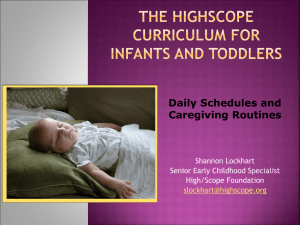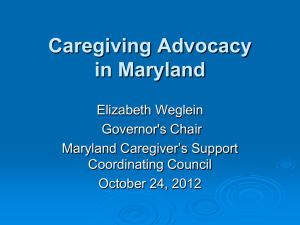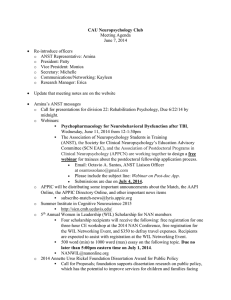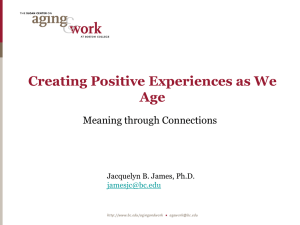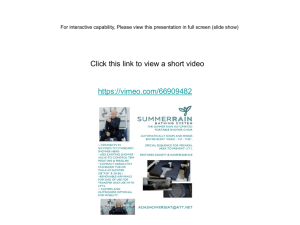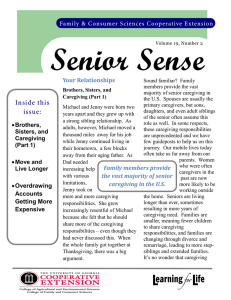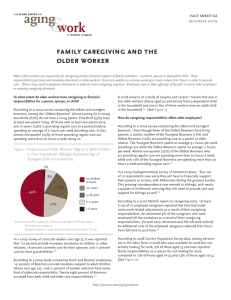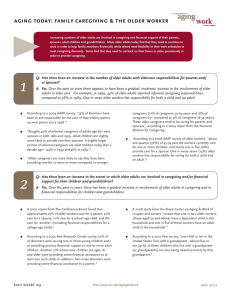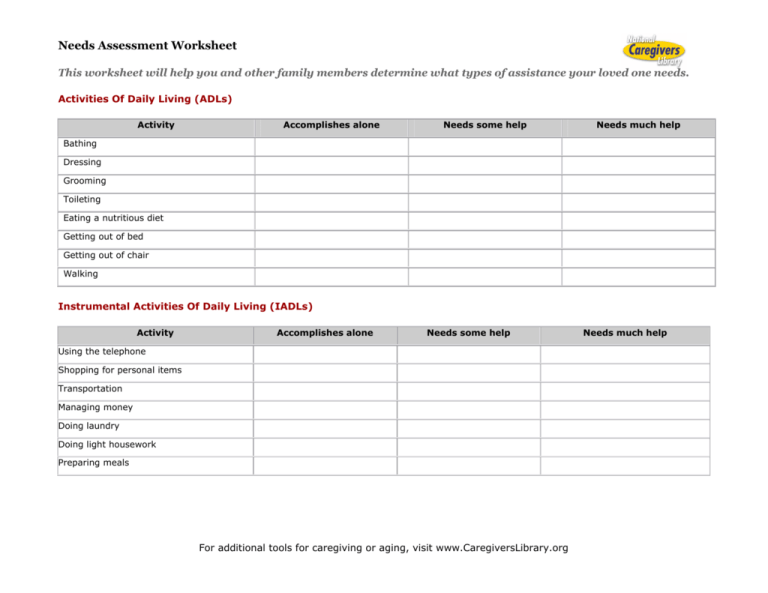
Needs Assessment Worksheet
This worksheet will help you and other family members determine what types of assistance your loved one needs.
Activities Of Daily Living (ADLs)
Activity
Accomplishes alone
Needs some help
Needs much help
Bathing
Dressing
Grooming
Toileting
Eating a nutritious diet
Getting out of bed
Getting out of chair
Walking
Instrumental Activities Of Daily Living (IADLs)
Activity
Accomplishes alone
Needs some help
Using the telephone
Shopping for personal items
Transportation
Managing money
Doing laundry
Doing light housework
Preparing meals
For additional tools for caregiving or aging, visit www.CaregiversLibrary.org
Needs much help
Conditions/Functional Status
How do the following affect the person's ability to function?
Limitation
No effect
Some effect
Hearing
Vision
Perception
Orientation
Thinking
Memory
Decision-Making/Judgment
Physical Dexterity
Balance
Strength
Energy
Bladder or bowel control
Arthritis
Hypertension
Heart disease
Diabetes
Physical deformity
Depression
For additional tools for caregiving or aging, visit www.CaregiversLibrary.org
Major effect
Environmental Safety
Which barriers can be removed or changed?
Limitation
No Problem
Neighborhood:
Safety
Convenience
Friends or relatives nearby
Living Quarters:
Condition
Age of dwelling
Roof in good repair
Windows in good repair
Siding in good condition
Looks cared for
Security and safety
Dead bolt locks on outside doors
Peephole in front door
Window bars or locks
Visible from road (no large trees or bushes block view)
Smoke alarms installed, tested
Passageways clear of wires and clutter
Stairs:
Free of obstacles and clutter
Well-lit
Handrails on both sides
In good repair and nonskid
Clearly marked
For additional tools for caregiving or aging, visit www.CaregiversLibrary.org
Needs to be changed
Floors:
Nonskid level surfaces
Nonglare surfaces
No loose rugs
Furnishings:
Couch and chairs easy to use
Tables the right height
Bed easy to get in and out of
Lighting:
Light switches easy to reach
Entries and walkways well-lit
Reading areas well-lit
Light diffused from windows and surfaces (no glare)
Passageways have night lights
Kitchen:
Lever handles on sink
Clean rubber mat by the sink
Items used often are accessible
Storage is easy to get to
No objects are over the stove
Well-lit
Bathroom:
Grab bars attached to studs, byt the toilet and tub or shower
Nonskid strips in the tub or shower
Hand-held shower head
Nonslip bath mat or rug
For additional tools for caregiving or aging, visit www.CaregiversLibrary.org
OTHER INFORMATION
List the older person’s informal support networks, such as a neighbor who runs errands or a youth who shovels snow and chops wood.
List social services the older adult uses, such as home-delivered meals or home chore services.
List services or support the older person says he or she needs or wants.
List your needs as a caregiver.
•
What obligation compete for your time and resources?
•
How can you maintain your physical, mental, social, and financial well-being?
List services or support you use as a caregiver to help provide care.
© Copyright FamilyCare America, Inc. All Rights Reserved.
Adapted from “Elder Care Choices and Decisions: Locating Community Resources,” B3603-2, produced by the University of Wisconsin-Extension Cooperative
Extension Services in conjunction with the United States Department of Agriculture.
For additional tools for caregiving or aging, visit www.CaregiversLibrary.org

